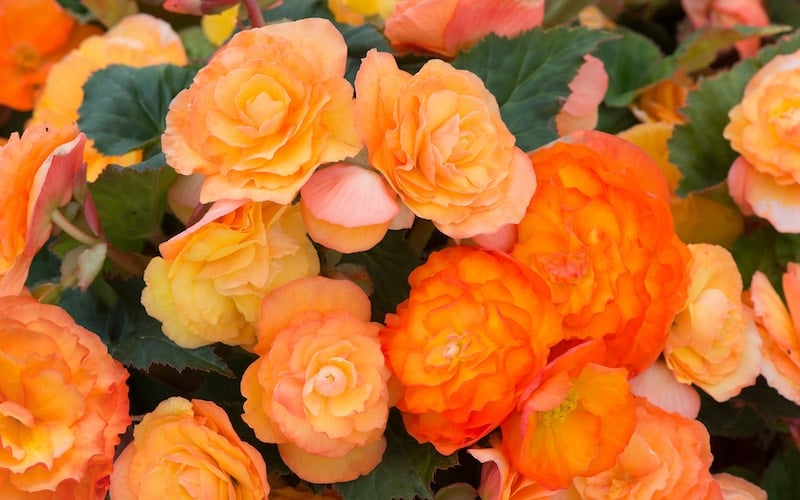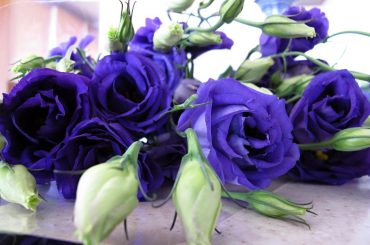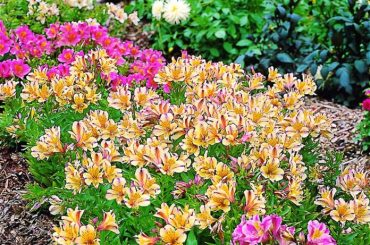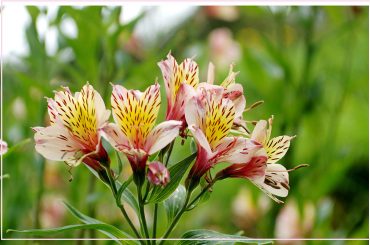Table of Contents
Are you wondering how many begonia tubers you can put in a hanging basket? Well, now you can stop worrying about it. Here, we’ll answer the question, how many begonia tubers are in a hanging basket? Begonias are beautiful plants that can light up your garden or home.
They come in various colors and sizes, making them a popular choice for many gardeners. But when it comes to planting them in hanging baskets, it’s essential to know the right number of tubers to use. Planting too many begonia tubers in a hanging basket can lead to overcrowding, affecting their growth and overall health.
There are ways to safeguard your begonia tubers. So, let’s find out how to protect your beloved plants from their appetites.
1. Tiny Flying Bugs that Like Damp Soil
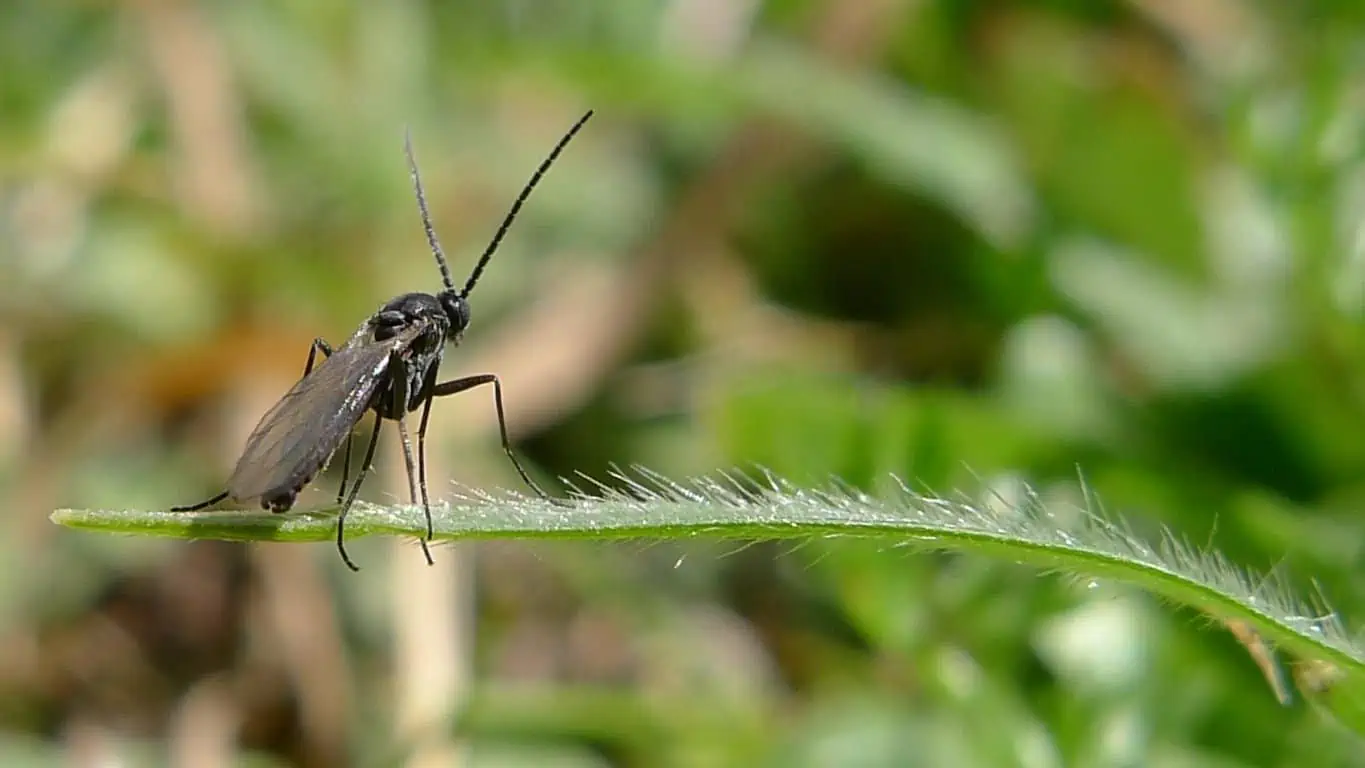
Fungus gnats, tiny flying bugs, can be a real hassle for your begonia tubers. These annoying critters love damp soil and lay their eggs there. When the eggs hatch, the hungry larvae munch on your plant roots, including your precious begonia tubers. To protect your begonias from these pesky fungus gnats, be careful with how you water them. Don’t water too much because that’s what these bugs like.
Instead, keep the soil a bit dry between waterings. This simple change can really help keep the gnats away from your begonia pots. Another useful trick is to use sticky traps. These sticky traps can catch any adult gnats flying around your begonias. Put these traps near your plants to stop the gnats from laying more eggs and causing trouble for your begonia tubers.
2. Large Forest Animals with Antlers
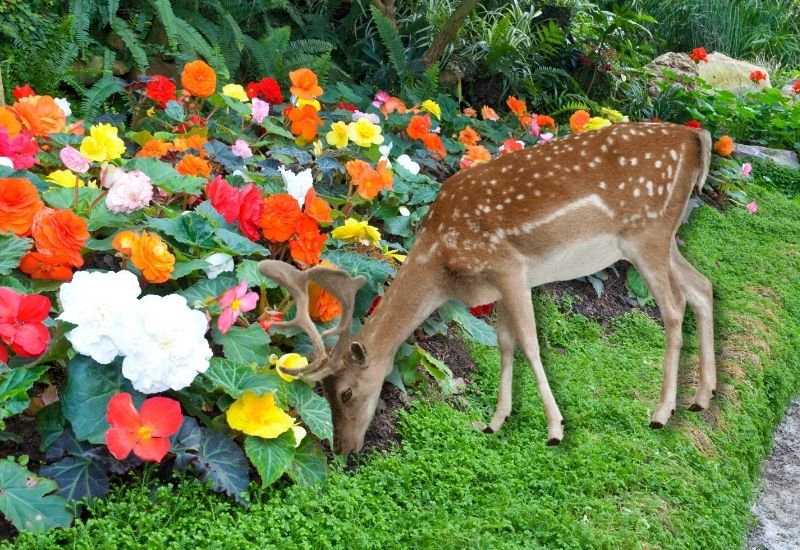
Deer, with their gentle nature and beautiful coming, are often like animals in nature. However, they have a habit of eating plants, including begonia tubers, which can be a big problem for gardeners and plant lovers. When these graceful plant-eating animals enter your garden, they can harm your begonias by munching on the soft leaves and juicy stems.
The lush leaves and colorful flowers of begonias are especially attractive to deer, which makes your plants. To protect your begonias and stop deer from using your garden as their food spot, you may need to take action. One good idea is to put up a strong fence around your garden. A well-made fence can be a strong barrier that keeps the deer away and saves the beauty of your begonias. Ensure the fence is tall enough because hungry deer are good at jumping over shorter fences.
3. Bugs Found Near Water
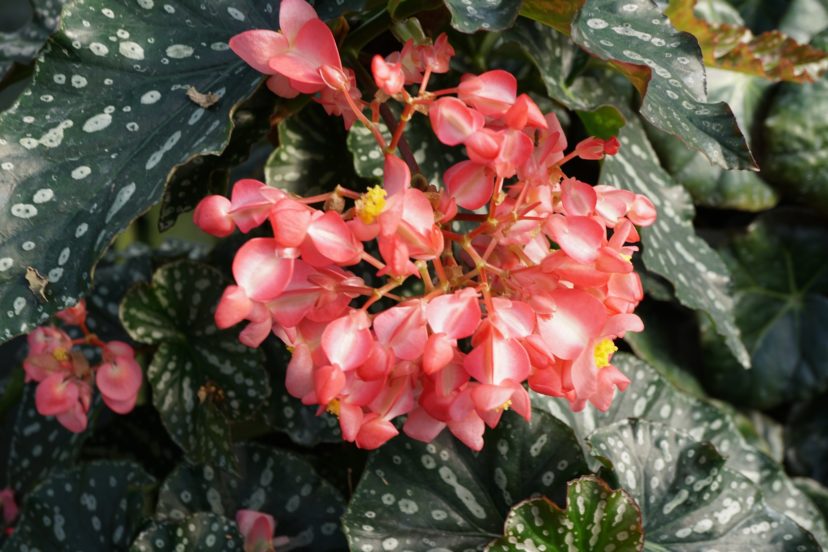
Shore flies, also known as moth flies or drain flies, are tiny bugs often found in very wet places. While these bugs don’t harm healthy begonia plant roots, they can be a problem if your plants are in soil that’s too wet. The baby shore flies can eat old stuff in the soil, but they won’t hurt your begonia roots if they’re healthy.
To keep shore flies away, it’s important to use soil that drains well and doesn’t hold too much water. You can do this by watering your begonia plants correctly and not giving them too much water. This will make it hard for the flies to live there.
4. Very Tiny Spiders that Harm Plants
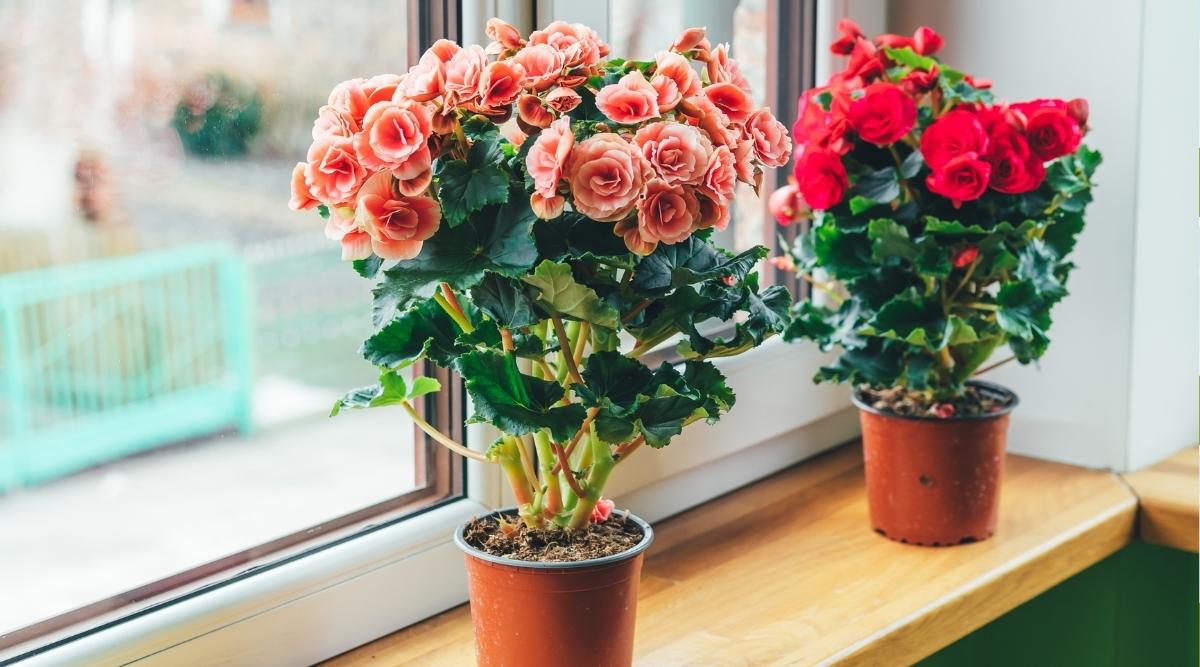
Spider mites, those tiny troublemakers, can harm your beloved Begonia Tubers. These little creatures are so small that you might not see them without a magnifying glass. Interestingly, spider mites are not insects; they belong to the same family as spiders. For gardeners, dealing with spider mites is a common problem.
These clever arachnids use their special mouthparts to poke into your Begonia Tubers’ great cells and suck out the plant’s juices. This harmful feeding causes yellow or brown spots to appear on the leaves, indicating their destructive presence. Also, this unwanted parasitic meal weakens your begonia tubers, making them more unsafe to various other stresses and diseases.
5. Small Hopping Mammals
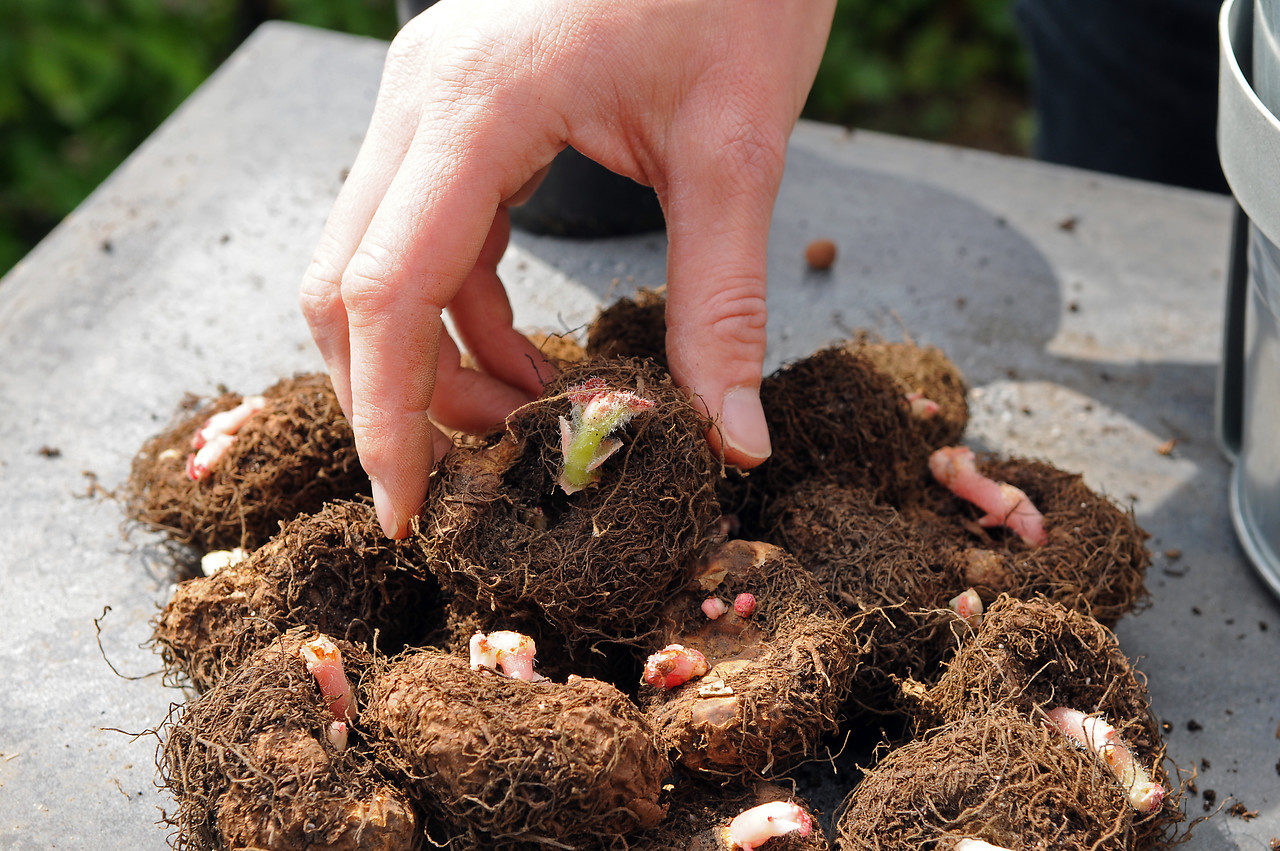
Rabbits are cute and fluffy, but they can also be problematic for your Begonia Tubers. These plant-eating animals like to nibble on different plants, including your tubers. Rabbits can harm your begonias by chewing on the leaves and stems.
To keep these fluffy thieves away, you might need to put up a fence or other barriers in your garden. By adding a fence to your garden, you can protect your Begonia Tubers.
6. Tiny White Bugs on Plants
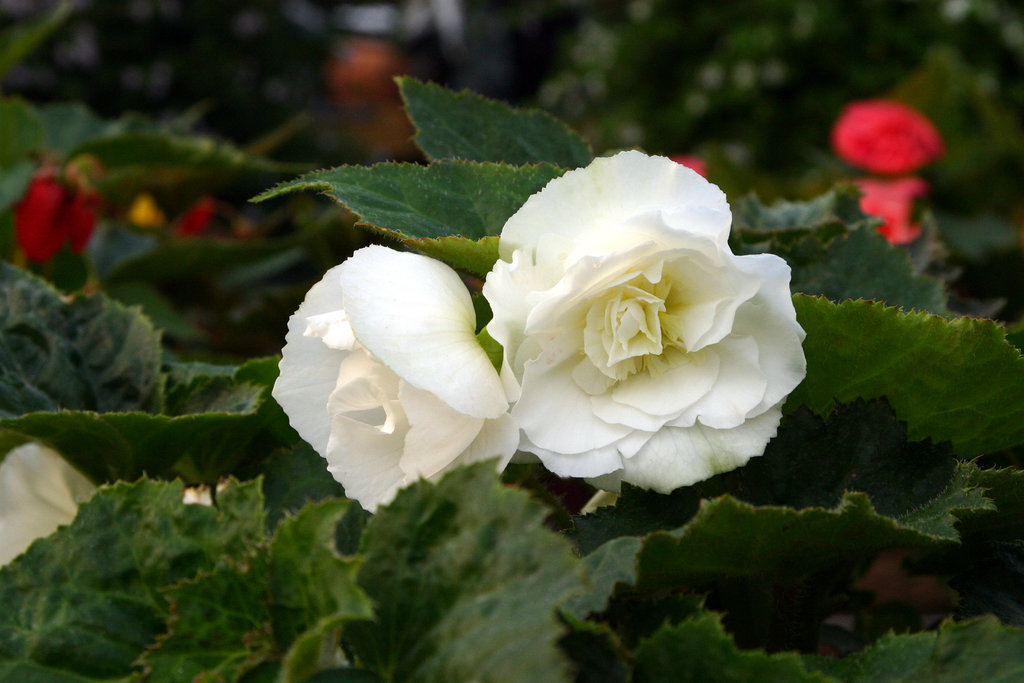
Whiteflies can be a problem for your Begonia Tubers. These small bugs have white wings and look a bit like moths. They eat plant sap, similar to spider mites, and can make your tubers weaker over time.
If you see sticky stuff called honeydew on the leaves of your begonias, it might be because of whiteflies, which can attract ants. To deal with whiteflies, you can use soapy water for bugs or other natural ways.
Conclusion
Now you know what might munch on your begonia tubers, it’s important to check occasionally for common pests like snails, slugs, and underground critters. These little bugs can sometimes have a long for your begonia snacks. To protect your tubers, use simple remedies like traps or barriers to keep these pests away.
Another thing to consider is how many begonia tubers you put in a hanging basket. It’s best not to overcrowd them, as this can lead to problems with moisture and space. Make sure there’s enough room for each tuber to grow comfortably.

